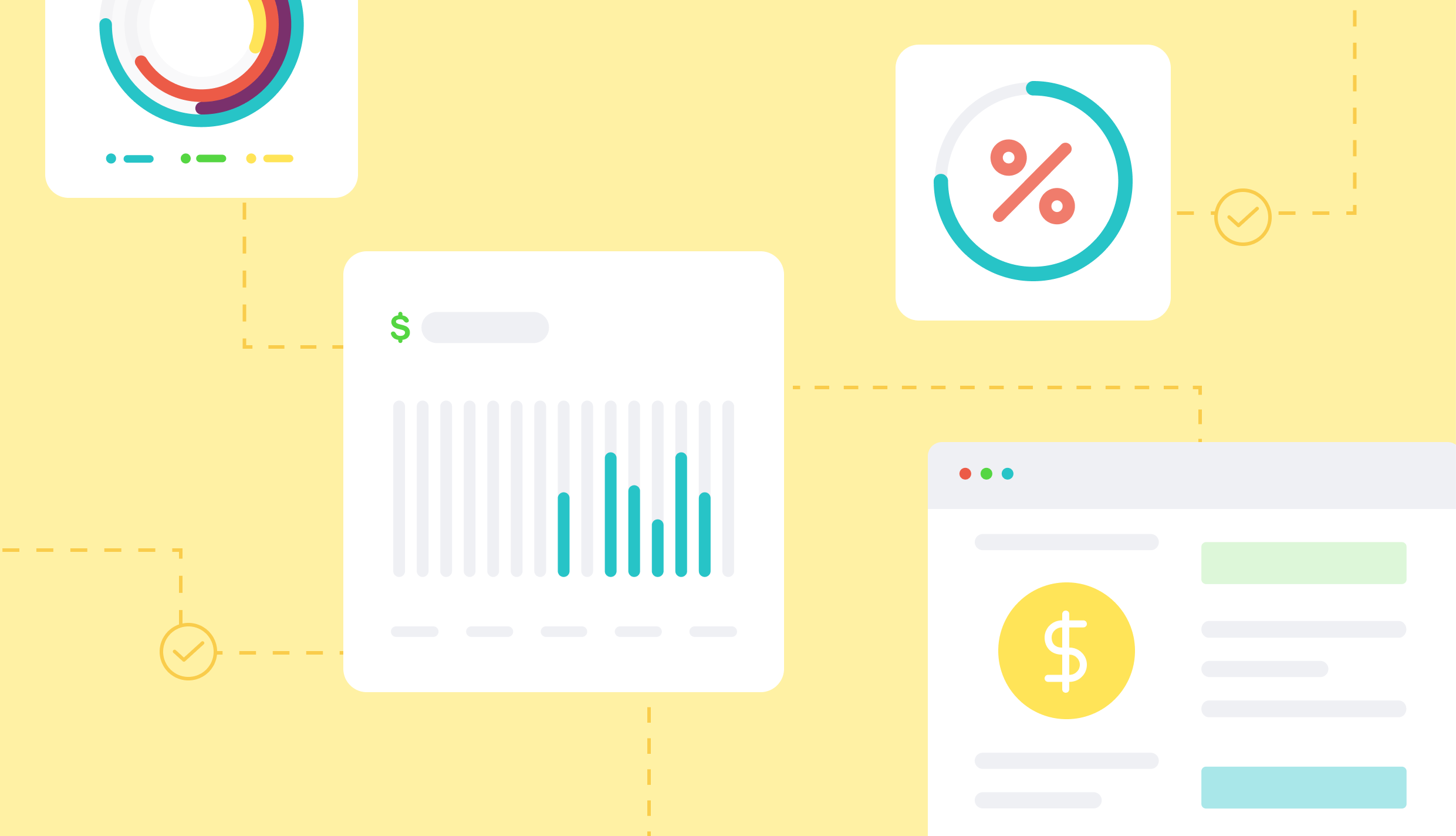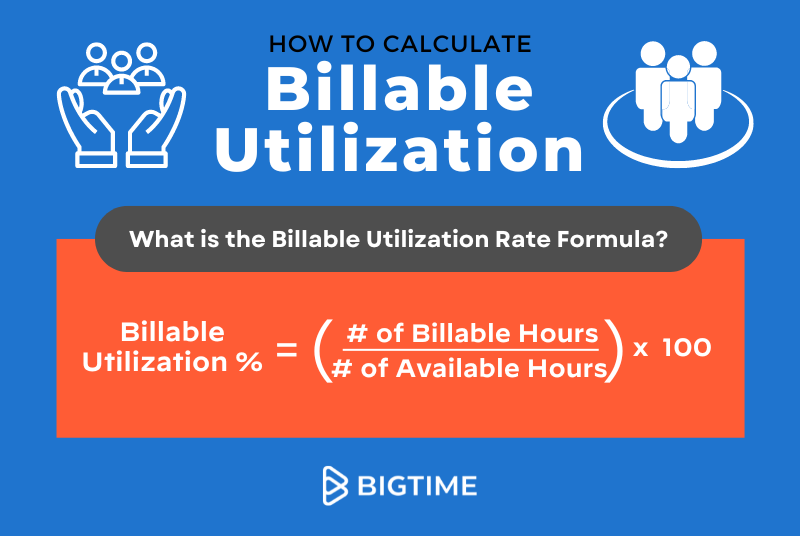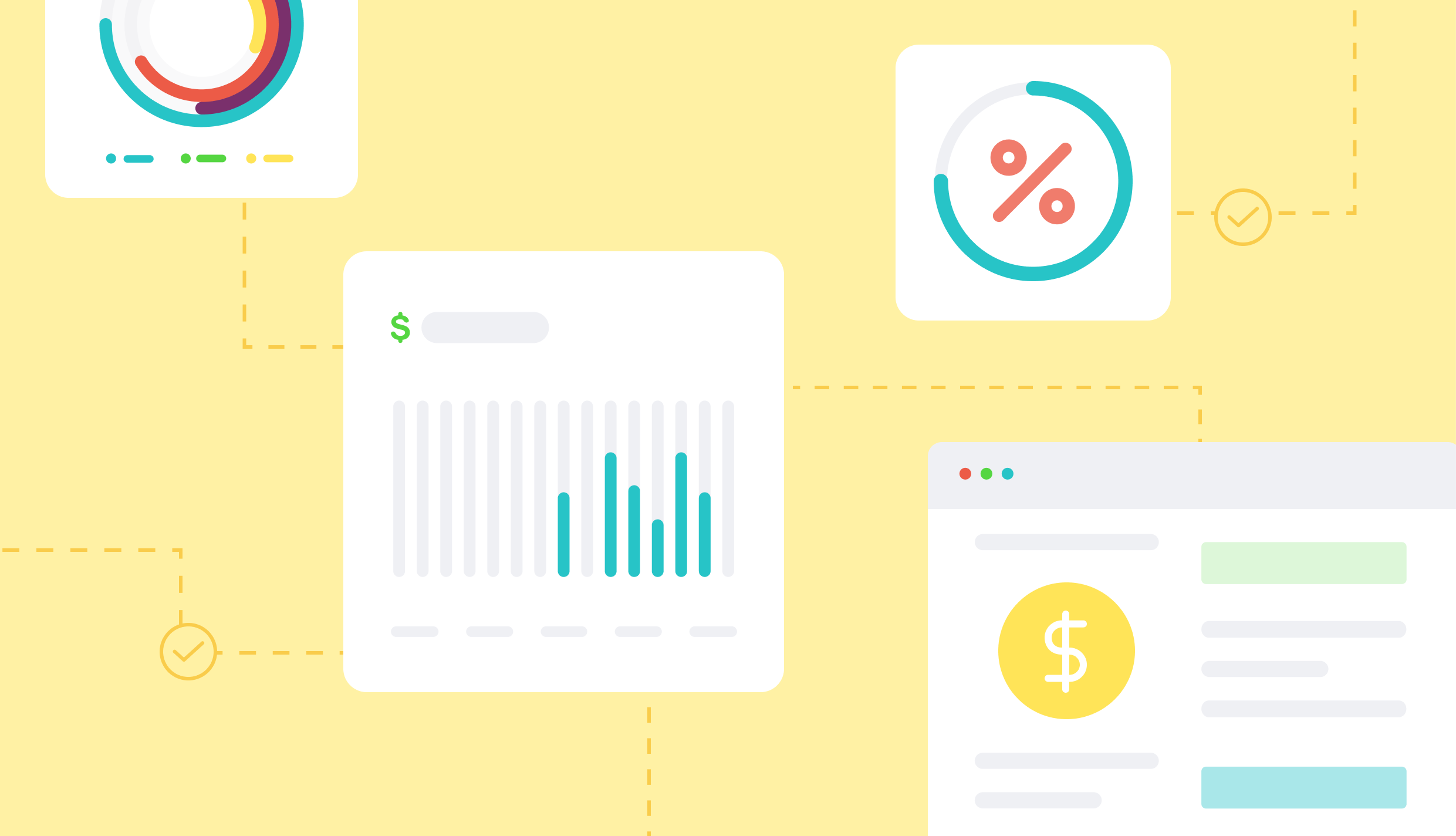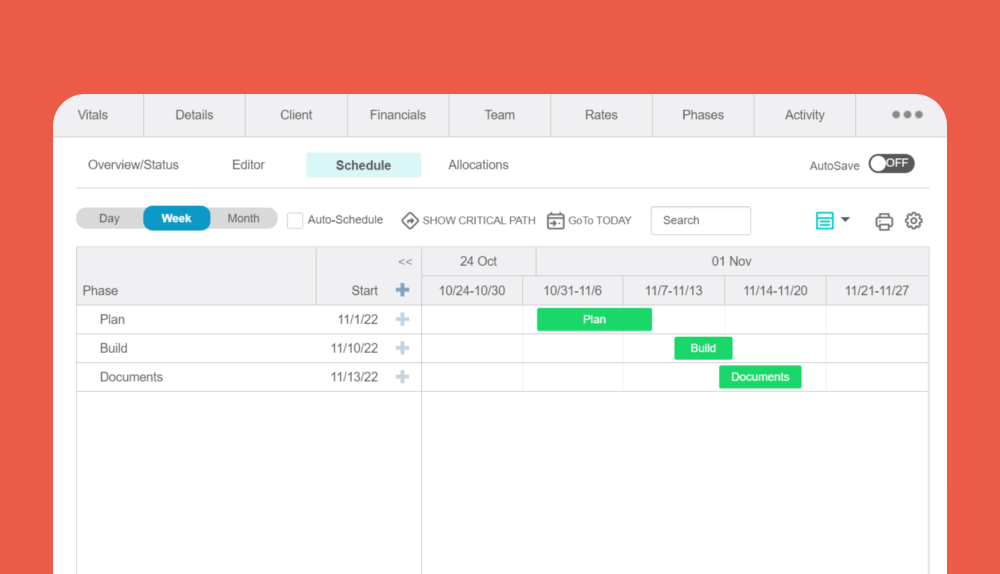
What is Resource Optimization?
Efficient resource optimization benefits an organization by balancing staff workloads with set objectives around delivery for customers, while ensuring that staff are billing as much time as they can without burning out.
The challenge for companies who are growing and trying to scale is how to develop a resource optimization system, and that’s about understanding and using the data in your organization to make increasingly more accurate targets for everything from billable utilization to predictive capacity planning.
Because while services delivery is inherently a human-centric business, the data your staff generates (the time entries, staffing plans, project plans, etc.) can be just as important to the success of your firm if it is managed correctly. Measuring the difference between what was PREDICTED to happen and what ACTUALLY happened moves a company into strategic planning for what MIGHT HAPPEN in the future, hopefully with increasing accuracy.
When Does Resource Optimization Become Important?
A company just starting out is probably not focused on truly optimizing resources, they’re too busy delivering at all costs for customers and maintaining high customer satisfaction and NPS. Just in time staffing and resourcing is probably the norm. And it is likely that systems for capacity planning or dynamic resource scheduling aren’t in place.
As a company grows, however, the need to bring on staff strategically and assign them to projects efficiently becomes more and more important. At this point establishing a model for optimal resource allocation that controls costs, increases employee engagement and provides visibility into pipeline hiring needs well in advance of when they’re needed, is critical.
When, exactly, this happens for your firm depends on a few factors all related to business complexity: how many billable staff do you have, how many different skill-sets are you tracking and trying to staff for, how many currencies are you billing in. And the list goes on. Try to focus on proactively implementing a solution like a PSA (professional services automation) that will help you grow without business interruption.
Three Keys to Effective Resource Optimization in Project Management
1. Maintaining Optimal Billable Utilization
Before you can optimize anything, you need to baseline where you stand today. This is the simple calculation for billable resource utilization, you can read more about billable utilization here.

Once you know your numbers, you can take a look at industry benchmarks like the annual Professional Services Benchmarks by Service Performance Insight (see page 18 for a look at the trend in higher employee utilization). Then you can start improving utilization with changes to staffing, upskilling, hiring, etc.
Tools Tip: You can get by with spreadsheets and reports from a time tracking tool, but PSA software was made for just this type of measurement and tracking. And in a PSA, the same data set you use for utilization can measure revenue. BigTime has even deeper measures for billable utilization allowing sophisticated analysis, like productive and chargeable utilization, when you’re ready to go there.
2. Measuring and Monitoring Leading and Lagging KPIs
Measurement is the key to improvement, improvement is the way to grow and scale. Measuring progress requires reporting that covers what HAS happened and what WILL happen. The optimal allocation of resources happens when visibility into your future resource needs is combined with current state needs from projects in flight.
Tools Tip: Don’t wait for growing pains, get into a scalable system earlier to grow with ease, scale as needed and also to compile the data that ultimately allows sophisticated analysis and risk assessment like the resource attrition risk model on page 12 of our white paper “Fighting the Great Resignation.”
3. Use a Capacity Forecasting Model to Understand Future Supply and Demand for Resources
With benchmarks and progress in place, it is time to plan and execute for growth. Building a capacity planning model may start when an organization is small with back-of the-envelope, just in time resource management. As the team grows, moving to dynamic resource optimization and staffing where resource requests are tied to project plans and skill sets is more and more important. Our most recent white paper explains the spectrum of capacity forecasting models available to services firms, and resource optimization techniques using capacity planning predictive analytics.
Tools Tip: Integrated systems become a must as business becomes more complex. PSA integrated with accounting is a given. Adding a CRM integration will gain you resource optimization benefits through visibility into sales pipeline projects and their staffing needs. For the most accurate capacity projections, consider predictive capacity management and planning, a capacity planning model that leverages the data in your PSA to improve the accuracy of forecasting resources and future resourcing needs.
The Future of Resource Optimization: Predictive Data Modeling
Increasingly efficient resource optimization at scale isn’t easy and has to consider not just billable time but time spent on productive work such as skills development, team management and other non-billable essentials like vacation time. And it needs to rely on increasingly more accurate capacity predictions from project managers and resource managers.
Here at BigTime. we’ve built a predictive capacity planning model that takes some of the human error out of forward-looking projections. We did this by using historic data related to resource planning on projects, and data that showed what actually happened.
This new frontier in data modeling for optimal resource capacity planning is an example of what’s possible, but getting there will take some time. We’d suggest you start now, compiling your data in a PSA (like ours) to drive increasingly greater insights and visibility into the health of your business now, and in the future.
Summary
Practically speaking, resource optimization in project management can be defined as a combination of smarter working procedures and better tools. This combination of both is important because it should lead to a measured and measurable improvement in not just resource optimization, but all KPIs including customer satisfaction and employee engagement. Three resource optimization techniques for professional services organizations include:
- Maintaining optimal billable utilization
- Measuring and monitoring leading and lagging KPIs
- Use a capacity forecasting model to understand future supply and demand for resources
Resource optimization is a critical part of delivering services. In order to optimize your resource utilization, you need to not only collect and track data, but also understand the data and how to use it to make smart decisions about managing resource capacity. Tools such as a PSA can help organizations do just that, helping you drive growth without business interruption.
.png)
Frequently Asked Questions About Resource Optimization
What is resource optimization?
Resource optimization in project management is the process of allocating and managing your billable staff so that they are making money for the business while fulfilling on their obligations to customers. Efficient resource optimization balances staff workloads with set objectives around delivery for customers, while ensuring that staff are billing as much time as they can without burning out.
How do you optimize resource utilization?
Three resource optimization techniques for professional services organizations include:
- Maintaining optimal billable utilization
- Measuring and monitoring leading and lagging KPIs
- Use a capacity forecasting model to understand future supply and demand for resources
Why is optimization of resources important?
Resource optimization is important because it leads not only to a measured and measurable improvement in how efficiently resources are being utilized, but it can also have an impact on all KPIs (key performance indicators) including customer satisfaction and employee engagement.
What is resource optimization strategy?
Resource optimization involves a capacity planning methodology or process to efficiently balance available resources and skill sets with demand and objectives in way that staff can bill as much time as they can without burning out.





